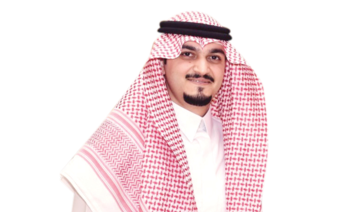Moath Al-Ofi is a prominent young Saudi artist, researcher and explorer of the Madinah region.
He is currently serving as the head of cultural programs at the Madinah Regional Development Authority.
In 2013, he founded Al-Mthba, which is a multidisciplinary art studio that focuses on research, tours, art and education.
Al-Ofi also co-founded Erth Team, a production group that specializes in safari trips, aerial photography and travel documentation.
He rose to prominence for his work on the old neighborhoods of Madinah. He began documenting the neighborhoods of the holy city in 2013, where he treated the city as his studio and an open museum.
His exploration project focuses on cultural artifacts, heritage and hidden historical treasures. It aims to document the history and safeguard the rich cultural heritage of the region for posterity.
Al-Ofi began his project from Madinah but over time he expanded its scope to the entire Kingdom.
His artistic endeavors have made him an important figure in the art and history circles around the world. Al-Ofi has participated in many exhibitions in the region and around the globe.
He exhibited works in Jeddah, Riyadh, Dammam, Bahrain, Oman, London, Paris, Brussels, Moscow, New Mexico and Utah.
Al-Ofi obtained a bachelor’s degree in environmental management and sustainable development from Bond University in Gold Coast, Australia.
He is also curating an exhibition titled “Naphtha” commissioned by the Saudi Ministry of Culture.
The exhibition inaugurates Khuzam Palace’s re-launch around the theme of oil and politics. It opened on June 8 and will continue until July 18.
The works on display seek to explore the broad and profound consequences of oil on both social and environmental aspects.
















